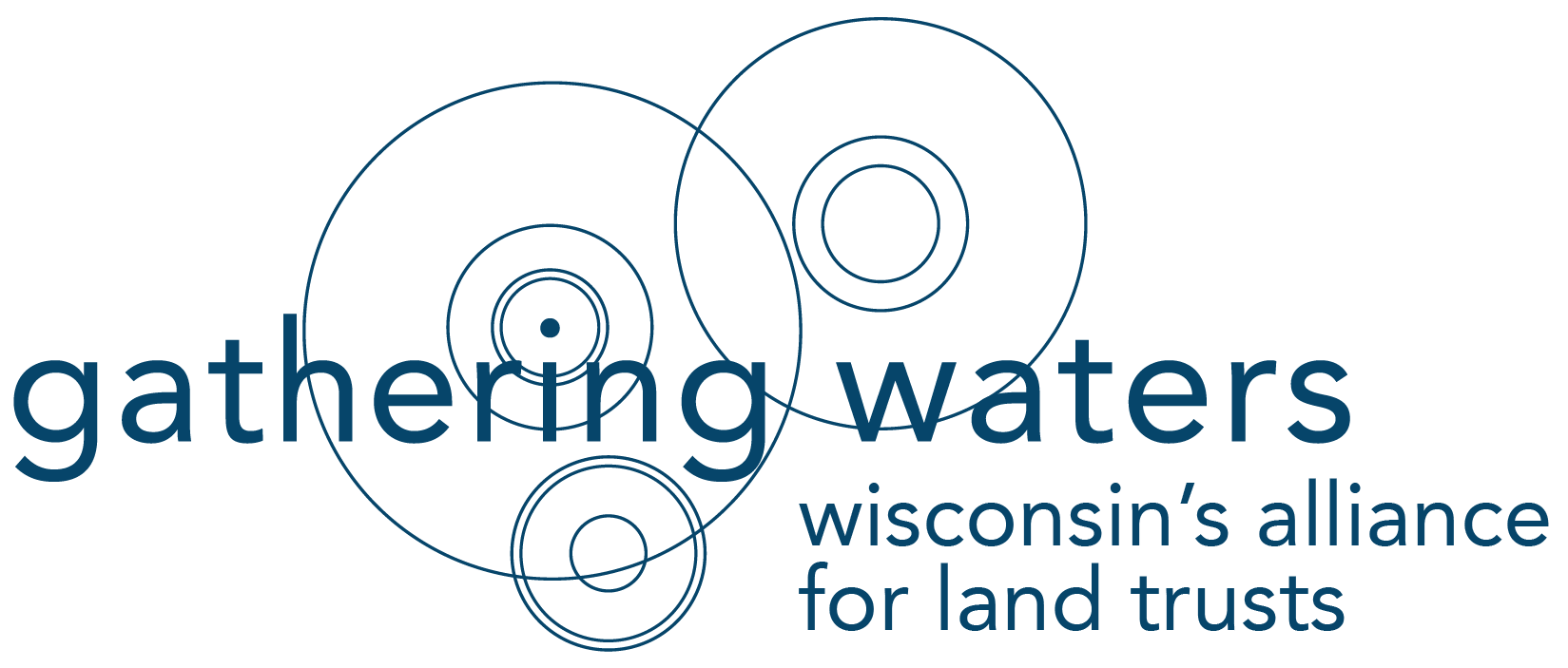As we’ve previously reported, Governor Walker’s state budget proposal maintained the current level of bonding authority of the Knowles-Nelson Stewardship Program at $86 million per year. The Governor released a “Budget in Brief” document and the Stewardship Program is addressed on pg. 15. While this is a crucial first step towards preserving the program, the state budget process is far from over. There is almost no question that Stewardship will be targeted as the state budget makes its way through the legislative process, and it will be extremely important for our land trust community to stay engaged throughout.
In addition to the funding level for Stewardship, the governor’s budget included several policy changes that could have a very real, and potentially serious, impact on the program. We are concerned about these changes and are developing a strategy for how best to deal with them in the legislative process (i.e., there may be other organizations and constituencies that are be better situated to advocate against some of the changes).
Here is a summary of the changes:
1. The bill limits acquisitions to land in fee simple, with very few exceptions for conservation easements (e.g., forestry easements, easements for state trails and the Ice Age trail, etc.
a. Issues:
i. Prohibits non-forestry conservation easements over 5 acres even if they provide full public access for hunting, trapping, fishing, etc.;
ii. Appears to prohibit streambank easements, which have been vitally important along trout streams;
iii. Prohibits the acquisition of conservation easements, even if a right of first refusal is negotiated as part of the deals
iv. Under existing law, DNR already has broad discretion over how and when conservation easements are used.
2. The bill changes the public access requirements for Stewardship grants. Under current law, public access for nature-based outdoor activities (e.g., hunting, trapping, fishing, hiking and cross country skiing) can only be prohibited to protect public safety, protect a unique plant or animal community, or to accommodate usership patterns. This bill removes the “usership patterns” exception, except in very narrow circumstances.
3. The bill decreases the threshold for review by the Joint Finance Committee from $750,000 to $250,000.
a. Issues:
i. This further complicates an already onerous grants process – grants currently take over a year to complete with all of the other red tape involved, and this could add additional weeks, if not months.
ii. This threshold is lower that than the threshold for requiring 2 appraisals ($350,000).
4. The bill eliminates payments in lieu of taxes (PILT) to local municipalities for land purchased after the bill’s effective date.
a. Issues:
i. This provision sets up potential conflicts between the DNR and local communities and threatens to undermine the Stewardship Program.
ii. All DNR Stewardship purchases from 1992 to present add up to $11 million in PILT payments. Marginal costs for PILT payments on future acquisition will be relatively minor.
5. The bill requires the city, village, town or county where the property is located to adopt a nonbinding resolution that either supports or opposes a proposed acquisition of land, and requires DNR to consider the resolution in determining whether to approve the acquisition.
The next major step in the process is the Legislature’s Joint Finance Committee (JFC). This committee gets the first opportunity to amend the governor’s proposed budget – both policy and funding levels. Our initial strategy will be to focus on reaching out to members of this committee and engaging land trusts in the members’ home districts. After the JFC process, the Assembly and the Senate get an opportunity to make changes. This step will obviously require a broader strategy, and we will continue to inform you about how the land trust community’s outreach and advocacy efforts can be most effective.


